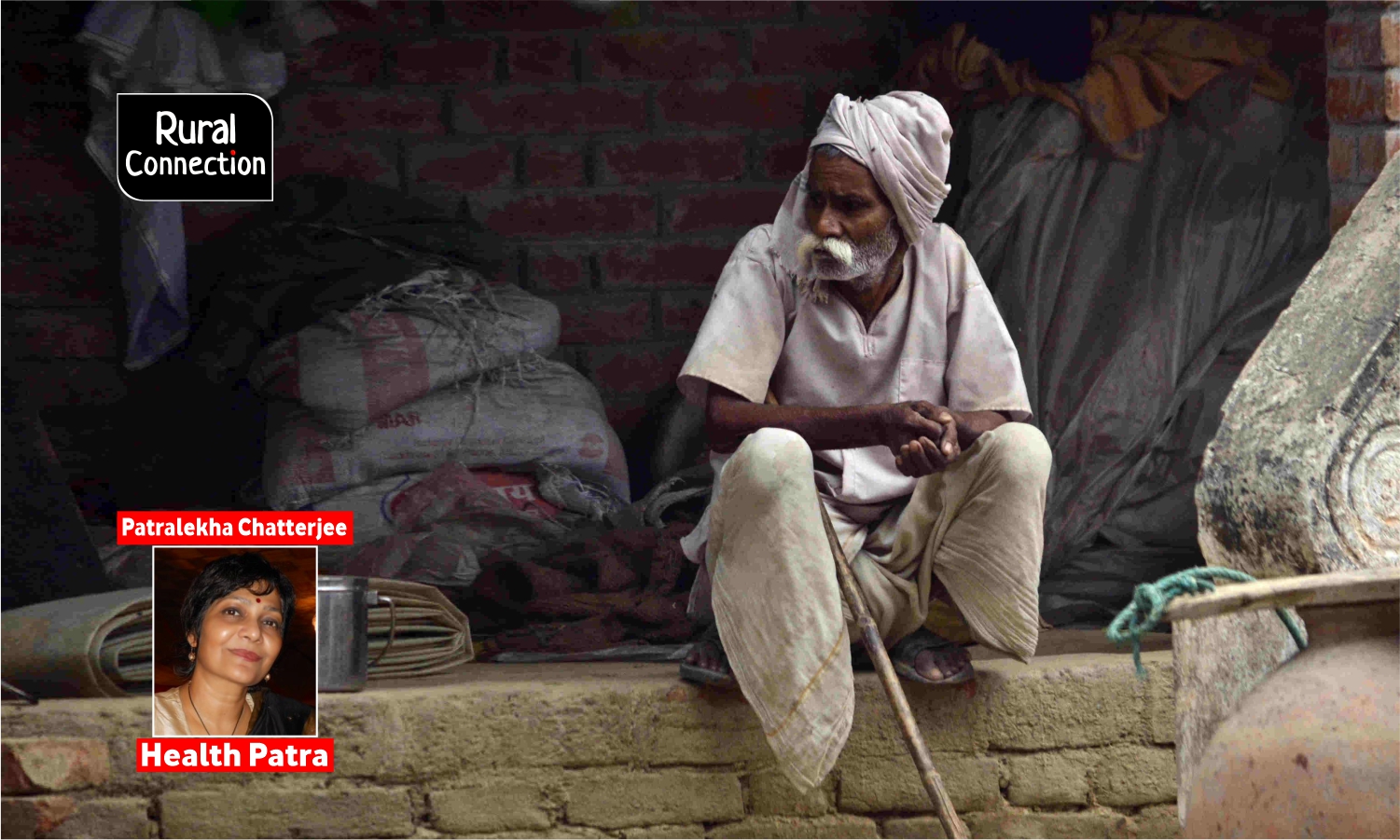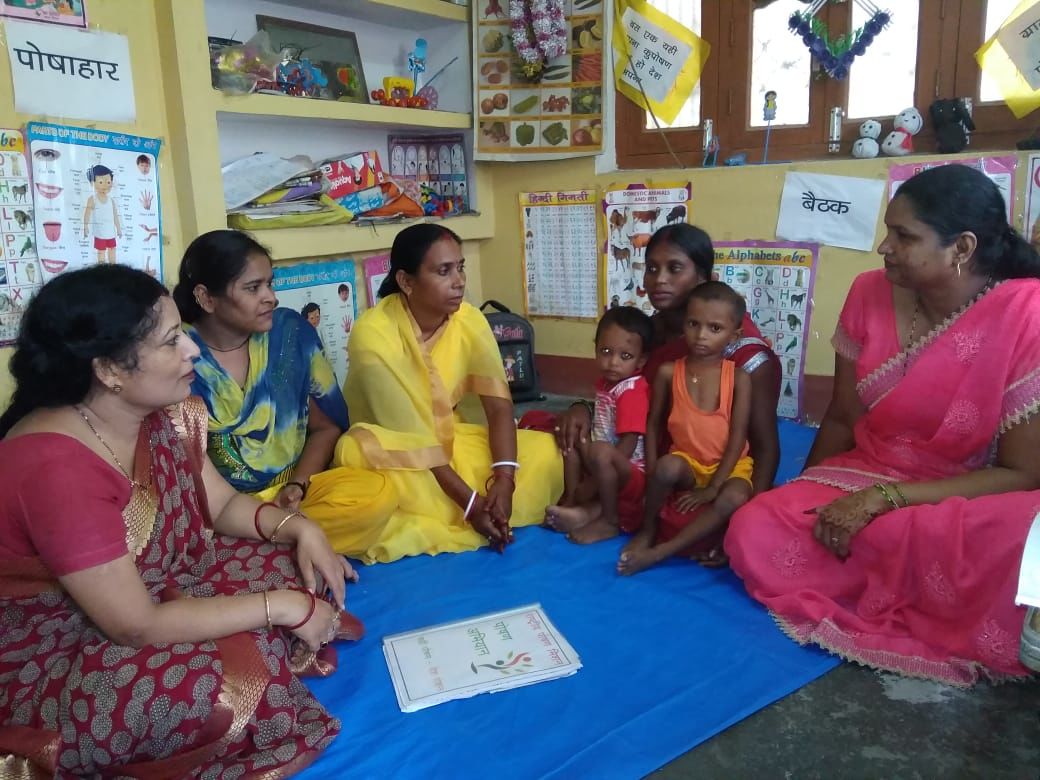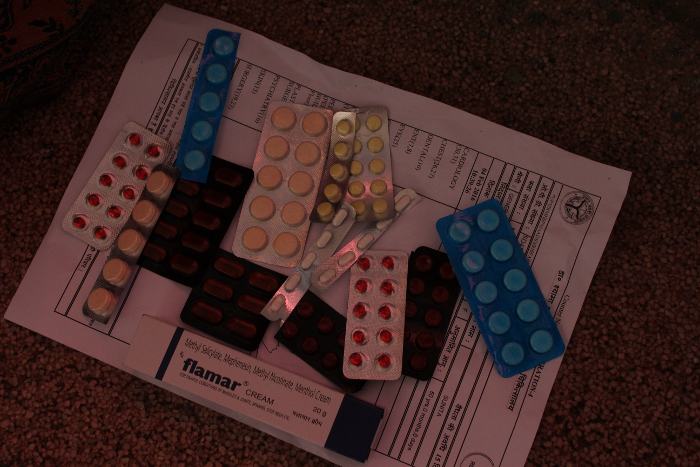Many “city diseases” are spreading across villages. This will have a long-term impact
Hypertension, commonly known as high blood pressure, is no longer confined to the rich or city-dwellers. It is spreading in rural India, which has fewer doctors, worse health facilities


That Indians are tense comes as no surprise given the political and economic woes facing the country. What is less known is that an increasing number of Indians are also suffering from ‘hypertension’, commonly known as high blood pressure, and that hypertension is no longer confined to the rich or city-dwellers. It is spreading in rural India, which has fewer doctors, worse health facilities and where people are far less aware about such lifestyle-related ailments.
Why is this a big issue as we look ahead to a new year?
One key reason is that hypertension is a major risk factor for cardiovascular diseases; its complications account for 9.4 million deaths across the world every year. And its spread in villages across India will have long-term health and economic costs.
“We are already in the midst of an NCD (non-communicable) epidemic in rural India,” warns Dr Yogesh Kalkonde, a public health researcher and neurologist. Kalkonde currently leads the rural chronic non-communicable diseases research programme at SEARCH, Gadchiroli district in Maharashtra.
“A 46-year-old male labourer with high blood pressure and diabetes, a 55-year-old male farmer who has recently suffered a heart attack, a 52-year-old woman with anxiety and depression, a 56-year-old woman with chronic back pain … a day at my clinic is full of cases that one would be surprised to find in a rural and tribal region of Gadchiroli, one of India’s most backward districts,” said Kalkonde in a 2018 report published in the India Development Review.

“My friends — doctors and non-doctors alike — are puzzled when I talk about the increasing incidence of chronic non-communicable (or NCDs, for lack of a better word) in rural and tribal regions of India. But these are the diseases of people who live in cities!” they argue. This dangerous myth needs to be countered,” he noted.
As rural lifestyles aspire to urban mores, the pattern of NCDs in rural India is looking largely similar to what we are witnessing in urban India. It is the same worrying story of high blood pressure, diabetes and so on, cumulatively called ‘lifestyle diseases.’
What is even more worrying is that rural India will face additional challenges in countering the spread of non-communicable diseases. Rural poverty and malnutrition heighten the risks of NCDs.
Kalkonde says that NCDs in rural India are affecting a relatively younger population — about a decade younger — compared to that in developed countries.
One key reason could be malnourishment early in life, which, as Kalkonde points out, paradoxically increases the risk of NCDs and an unhealthy lifestyle in early adulthood. This means rural youth needs to be screened for chronic diseases.

Add to this, low levels of literacy in many parts of rural India and very low awareness about emerging lifestyle diseases. Rural India also lags behind in facilities that can diagnose and treat these problems.
Treatment of lifestyle diseases dent family budgets and can push impoverished rural families deeper into poverty. There is no financial safety net to help people absorb the negative economic consequences of NCDs.
“As NCDs are typically treated by physicians with an advanced level of training; since such physicians are not accessible to villagers, the best way to treat NCDs at the village level needs to be understood,” said Kalkonde in his report.
The problem of hypertension and related complications is not confined to Gadchiroli or Maharashtra. There is growing evidence that hypertension and other NCDs are seeping into India’s villages across the country. Unlike in big cities, most rural Indians living in villages are not aware of their blood pressure and the importance of regular monitoring of blood pressure. In many instances, women are getting hit faster. A 2017 study published in the International Journal of Research in Medical Sciences (IJRMS) to estimate the prevalence of hypertension in the rural population above 18 years of age in Etawah and neighbouring districts of Uttar Pradesh, India, found the prevalence of hypertension to be higher among women than men among the surveyed population.
Another 2017 study on the ‘Prevalence of hypertension in a rural community of coastal Karnataka’ by Trapti Saxena and K H Rajeev found that most people were not aware of their blood pressure and highlighted the importance of regular monitoring of blood pressure. “Regular screening and creation of awareness in rural areas will help in reducing the morbidity and mortality due to hypertension and its complications,” the researchers said.
The newly-created health and wellness centres (HWC) under Ayushman Bharat are meant to have NCD-screening facilities that would map ailments such as hypertension at the primary health care level. A 2019 study by Oommen C Kurian and Shoba Suri of the Observer Research Foundation (ORF) titled Weighed down by the gains: India’s twin double burdens of malnutrition and disease, points out: “Health and Wellness Centers (HWC), currently being rolled out as part of the Ayushman Bharat initiative is an important step of diversification of the health system’s focus towards non-communicable conditions.” It notes that as many as 1.5 lakh HWCs will be set up across the country to bring the healthcare system closer to the people and that these centres — to be set up by 2022 — will provide comprehensive primary healthcare, including for non-communicable diseases and maternal and child health services.
Screening for hypertension, diabetes and some cancers are part of the comprehensive primary health care package. The ORF researchers note that “a task force set up by the Union government in 2014 to provide a report on the rollout of comprehensive primary health care recommended implementing HWCs. However, the report also reminded that the credibility of a health and wellness centre would rest on the availability of essential medicines and diagnostics for a wide range of health care needs.”
As of now, out of the promised 1.5 lakh HWCs, only 26,981 are operational. Field visits in recent past show that even functional ones are short of manpower in many cases. Our health system is currently not fully-equipped to tackle the rural NCD challenge. Spreading awareness, screening for hypertension and other complications and having better treatment facilities is vital. Not doing so risks wreaking havoc in rural lives in the not-too-distant future.
Patralekha Chatterjee is an award-winning journalist/columnist, and photographer focusing on development issues. Currently, her writing focuses on the intersection of politics and public policy on a range of inter-linked development issues for Indian and international media.
(Views are personal)

